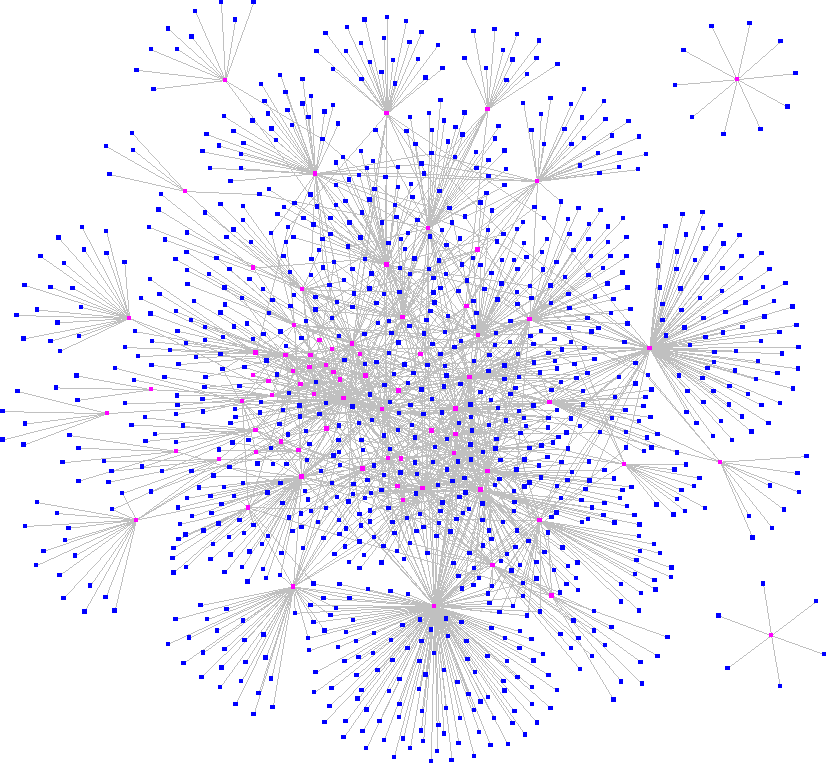Several items over the past few weeks all suggesting that sharing knowledge pays off far better than hoarding does. Handy to have around if you’re fighting arguments that investing in knowledge management has to overcome hoarding.
Napsterize Your Knowledge: Give To Receive. The primary lesson: “The more that a company shares its knowledge, the more valuable it becomes.” It’s astonishing how many people still don’t believe this. But when I look back at the success my website and OLDaily have brought me – despite my lack of any obvious qualifications in the field – it is self evidently true. When you share your knowledge, you share your ability, and this is what makes you or your company more valuable. People prefer to hire or contract for services based on proven ability nearly every time. Moreoever, the more you share, the more people share in return (many of the items in OLDaily are the result of submissions from readers), which increases your personal or corporate knowledge base. Anyhow, this article discusses some of the benefits of sharing knowledge and then offers some advice on how to do it. (This and the next two items via elearningpost.) By Ben McConnell and Jackie Huba, MarketingProfs, January 21, 2003 [Refer][Research][Reflect] [OLDaily]
Communities of Practice – The real thing!. Here is an excellent example of a medical team building their own Community of Practice using Radio so that they can serve their own Community better. [Robert Paterson’s Radio Weblog]
This looks like it kicks serious ass. From their “What we’re doing” document:
It seems very likely that the needed essential innovation in healthcare is sociological, more than technological innovation, more than economic innovation. We have more advanced medical technology than we can currently deliver to patients. We spend abut twice as much per person on healthcare delivery in the US as is spent in Great Britain and there is little to indicate our patients have better health or higher satisfaction as a result. The sociological innovation will be discovering how to cooperate. Some community will discover how they can cooperate among providers and with patients. That is the highly leveraged innovation. That community will change everything for the rest. The sciences of complex adaptive systems and social networks need to come together. To these we need to add the art of community conversations. [Seb’s Open Research ]
Hoarding is for the weak. Xerox has apparently proven what all knowledge workers intrinsically knew anyway; that knowledge hoarding is detrimental. Via Column Two
A recent Xerox research report has found that high-performing employees don’t tend to hoard information. According to the news summary: The idea that knowledge is power has been knocked on the head by researchers who claim that high-performing employees are more likely to be ones who proactively share information with their colleagues.
My own experience agrees 100%. I am personally more powerful in what I do when I collaborate and openly share with others. They provide essential critique, support and grounding for my thoughts. [thought?horizon]


